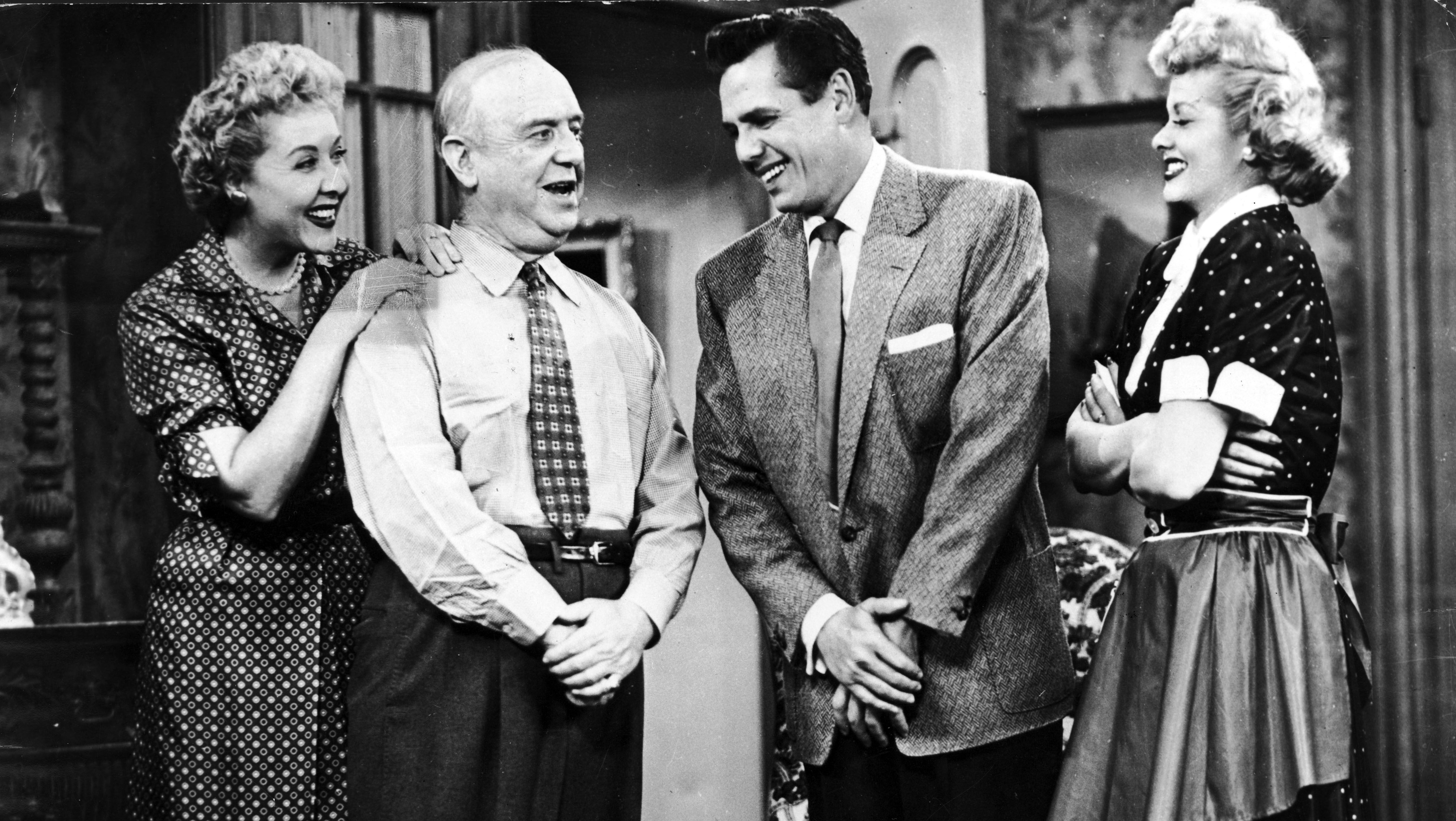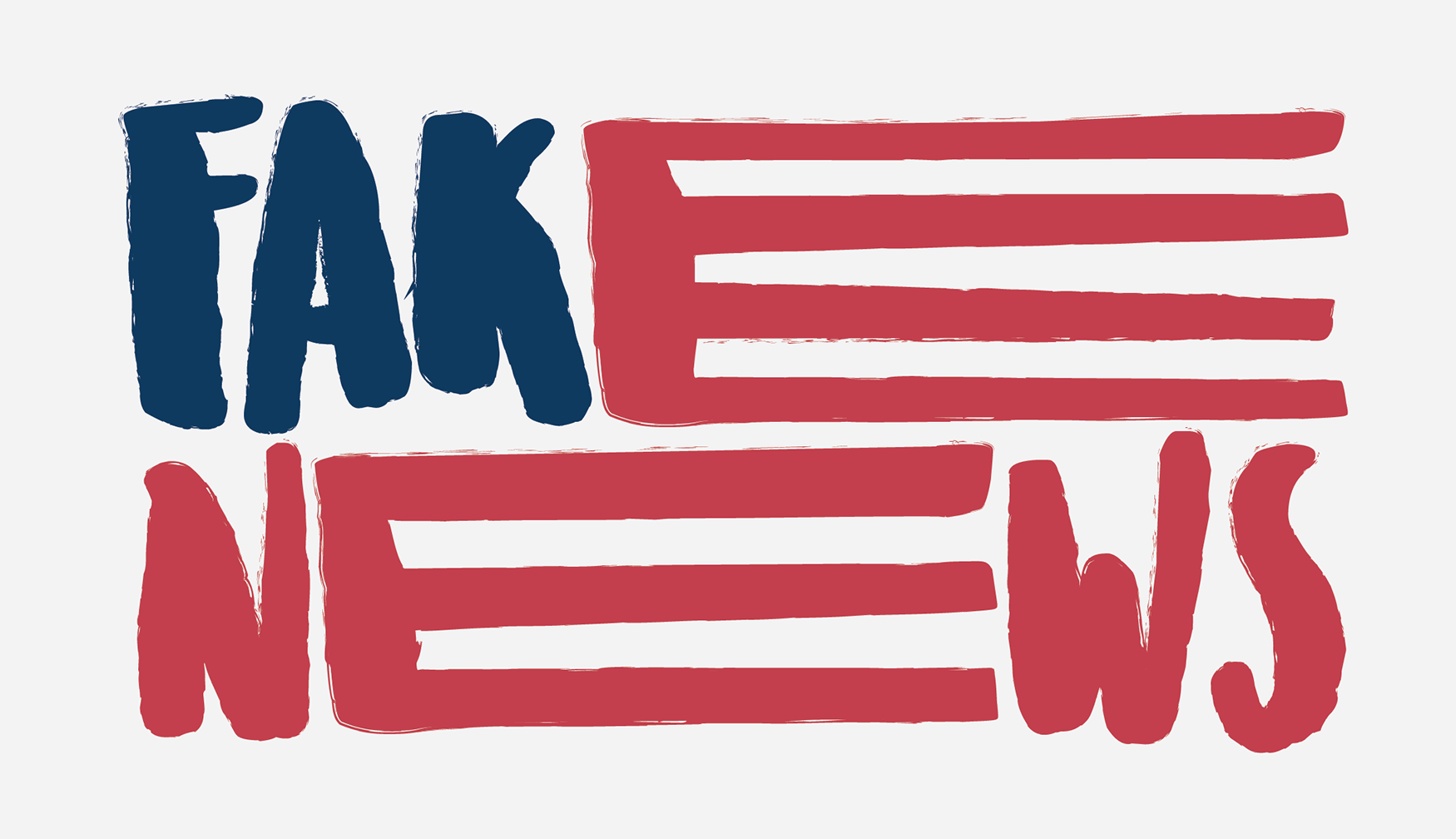
In the early 2000s, social media was just barely over the horizon. Platforms like MySpace and Facebook have just begun and people were just starting to get used to posting online. Board members at the company Odeo were holding a brainstorming session for new ideas for a website. Jack Dorsey had the idea of individuals being able to use SMS to communicate with groups of people. Because of the shorthand typically used with SMS messages, 'Twttr" was born. Dorsey shared the first tweet on March 21, 2006, which read: "just setting up my twttr". The first users of "Twttr" were not completely sold on the idea and had a hard time understanding the concept. Besides, to effectively use "Twttr", you needed a strong group of followers.
In 2007, Twitter's popularity spiked from 20,000 tweets per day to almost 60,000. At the South by Southwest Interactive Conference, Twitter set up two huge TVs in the hallways streaming tweets. People would stop and read the tweets on the screens, and feel more compelled to tweet themselves. These users were the early adopters of Twitter and really saw the potential of the platform. The ease of being connected with everyone at the conference really appealed to these users and ultimately drove more people to the platform.
After this conference, Twitter blew up. In 2007, 400,000 tweets were shared quarterly over the service. By February 2010, 50 million tweets were being sent daily. At the time, Twitter had 70,000 registered users. By June of that year, 65 million tweets were being posted per day. Because of the boom of users, people were talking more than ever on the platform. Special trending events especially Twitter-friendly. The 2010 FIFA World Cup had fans tweeting about 2, 940 tweets per second. After the Lakers' victory in the 2010 NBA Finals, the record was then raised to 3,085 tweets per second. When Michael Jackson passed away, Twitter servers crashed because so many people were tweeting about Michael Jackson per hour. In 2012, Twitter celebrates its birthday with 140 million users and 340 million tweets being shared per day.
In the years to come, Twitter would take its power to new levels. In April of 2012, Twitter opened an office in Detroit with the goal of working with more automobile brands and advertising agencies. In January of 2013, Twitter launched the video-sharing service "Vine". Users were able to create 6-second clips and share them directly with their Vine profiles, as well as their Twitter feeds. Between 2011 and 2015, Twitter acquired several advertising agencies and increased its users and tweets exponentially.
After going public in 2013, Twitter has still been able to dominate social media and advertising. More and more users are joining the platform, but not at the incredible rates of 2010. Currently, Twitter has 330 million monthly active users (134 million daily users) with the average person spending about 3 minutes on the platform per session. 67% of all B2B businesses utilize Twitter as a marketing tool. 40% of users reported purchasing something that they have seen on Twitter. 500 million tweets are sent daily, with about 5 tweets being sent per second. 63% of Twitter users are between the ages of 35 and 65 years old, with 34% of users being female and 66% being male.
Twitter is definitely between its saturation to maturation phases. The average person already has an active Twitter account and uses it pretty regularly. The typical business or organization has a Twitter account that is used almost daily with updates and information. In order for Twitter to reach another monumental peak like in 2010 and 2014, Twitter will have to acquire another social media platform and bring some new innovative features to the platform. The acquisitions of Vine and Periscope gave Twitter a competitive edge that Facebook and Instagram could not quite compete with. If Twitter can stay ahead of other platforms, Twitter will always be an industry leader.

Sources
https://www.oberlo.com/blog/twitter-statistics




